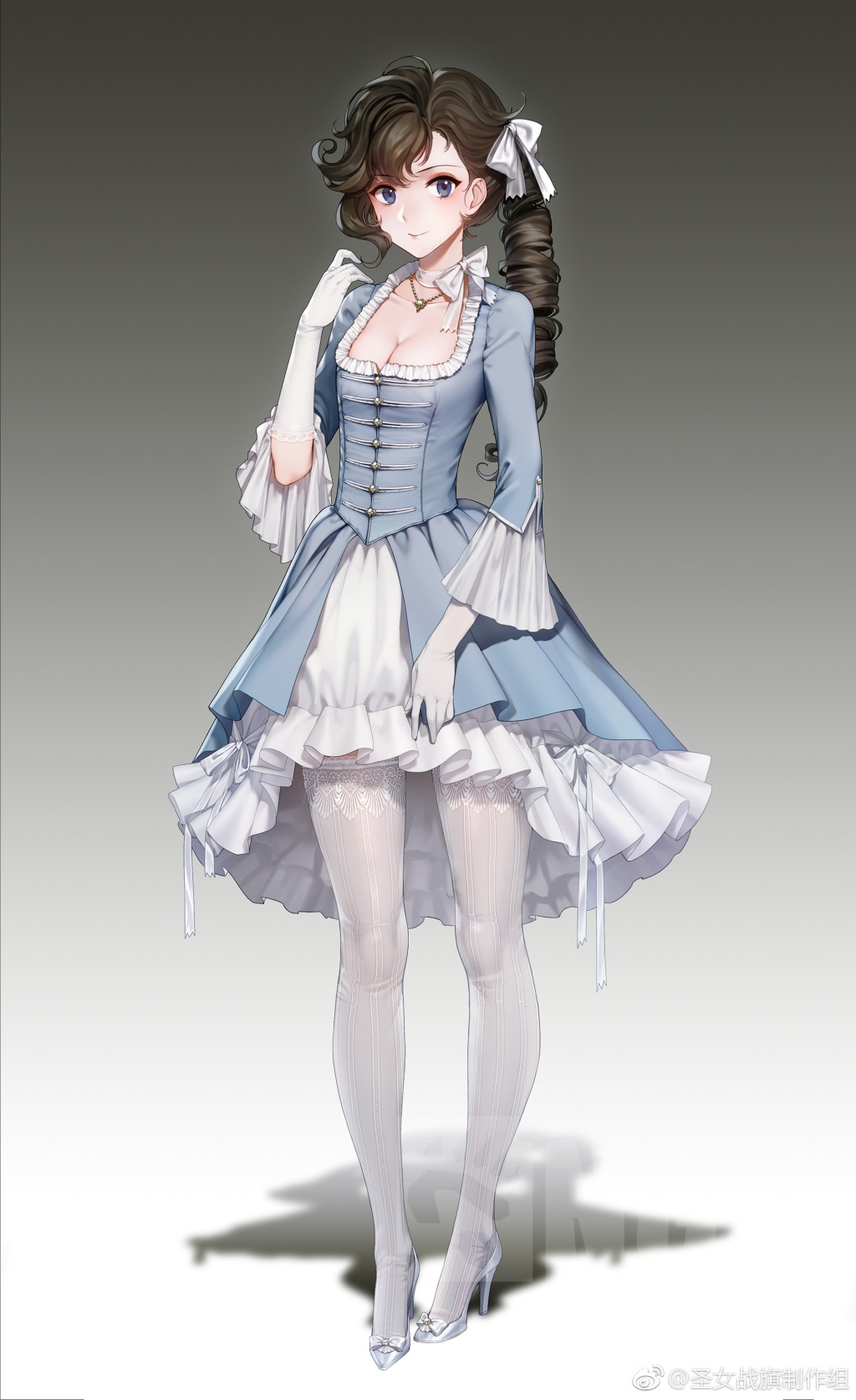
Tucker (word first used in 18th century but origin of style much older/unknown)įeminine accessory cloth tucked into the low neckline of a dress like a bib, the exposed end often being triangular.Ī full-length white vestment worn by clergy with a cincture at the waist. This technique was commonly used to add chainmail to the armpits of gambesons, although those were called “voiders”. Yiddish for “belt,” a sash worn around the waist by Jews during prayer.Įxtra material, typically in the shape of a triangle, sewn into a pre-existing garment to enlarge an area of it, an example being in the armpits of shirts. Also, a wrist-band supplying a functional application, as in hawking for instance, or a leather wristlet in a gauntlet.Ī decoration for a helmet in the form of a wreath with fabric on it. In heraldry, an oval garland a garland made of myrtle.Ī decorative leather or textile band for the leg.Ī decorative leather or textile band for the arm.Ī decorative band for the wrist, either attached to a garment like a cuff or separate. Myrtle (term used to mean “garland” since 16th century, but myrtle garlands were worn since ancient times) In 17th-century heraldry, a perclose was the knotted and buckled part of a garter. By the 16th, parclose was a verb that meant to enclose. In the 14th century, perclose meant an enclosure to partition a space. Worn by a pope or archbishop, a decorated white woolen scarf-like band resting on the shoulders.Ĭaftan / Kaftan (ancient Mesopotamian origin)Ī man’s thin, ankle-length and loose-fitting shirt common in the Middle East and Ottoman Empire, often belted.Ī long, loose white linen vestment worn over a cassock by clergymen.Ī bedtime cap worn over the hair, often accompanying bedclothes.Īlso called a cloak pin, for holding certain garments and their parts in place across the breast.Ī Latin word for trousers, referring often to the woolen trousers worn by ancient Gauls and Celts. Sometimes, liripipe only refers to the trailing tail of a hood.Ī unisex cloak-like outer garment with flaring sleeves.īreacan / Brechan (16th century, at least)Īny loose outer garment, especially a simple one worn by a cleric. The bag often droops stylishly off to the side.Ī hood with a trailing point or long tail. See capeline below for more information.Ī fur- or cloth-covered ring of wicker, or just a roll of cloth, worn on a woman’s head, sometimes very narrow with a V-shape over the forehead.Ī male hat consisting of a bag and a burlet. A chaperone can come in the form of many different creative shapes. I hope you enjoy!Ī long-tailed hat or hood, sometimes resembling a turban with a tube of cloth hanging over the shoulder or wrapped around the neck. The dates associated with each garment are simply the first known use of the terms according to my sources. This glossary of medieval clothing terms will be updated yearly as new items are brought to my attention, so please comment if you know one I missed.


A List of Medieval Garments and Clothes from the Middle Ages in No Particular Order (useful for writers!) With pictures and a bonus list of 30 Early Modern articles at the end!


 0 kommentar(er)
0 kommentar(er)
